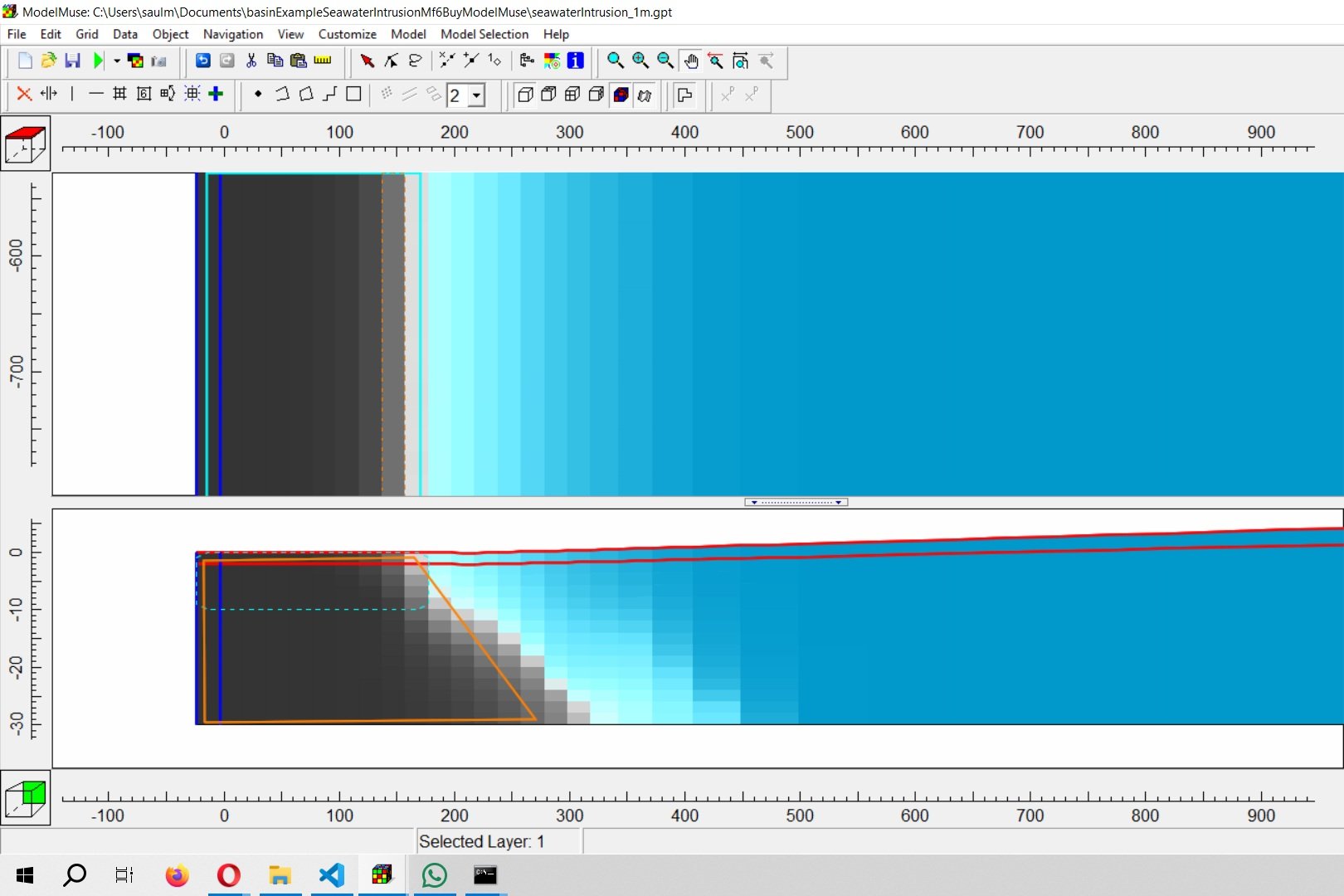Groundwater Flow Simulation at Mine Closure Time Scale with MODFLOW and Model Muse
/This tutorial deals with the simulation of the groundwater flow regimen after the implementation of mine closure options as soil/geomembrane cover above a Tailings Storage Facility (TSF) over a period of 80 years with results every 4 years. The tutorial deal with a full steady flow model which have been implemented to transient conditions on the model configuration and boundary conditions. A discussion of the seepage with time and final conditions after closure is presented to analyse the efficiency of the closure techniques.
Read More






















